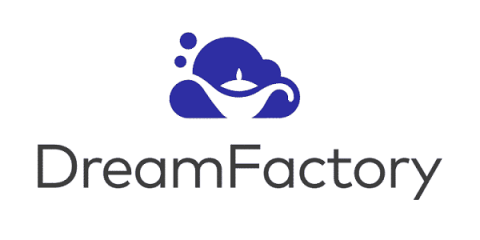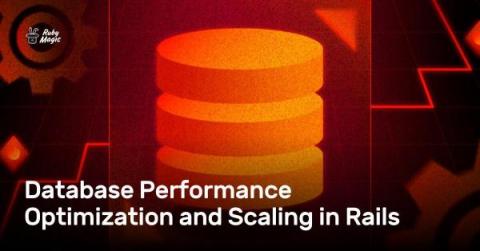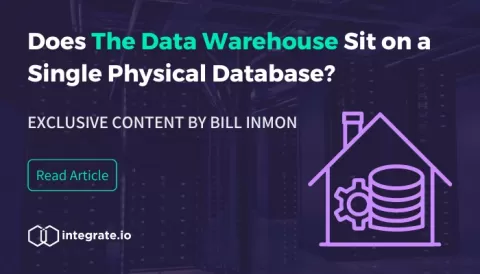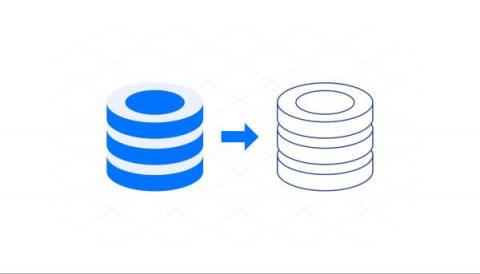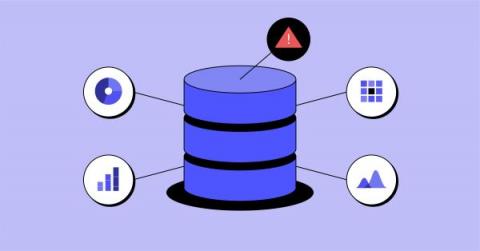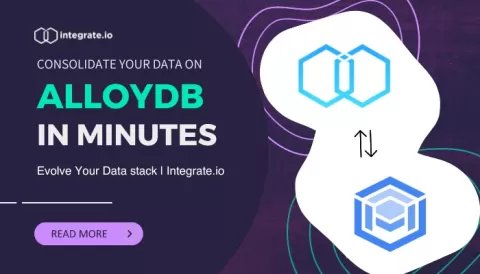Systems | Development | Analytics | API | Testing
Databases
Database Performance Optimization and Scaling in Rails
Web applications usually rely heavily on databases, for the most part. And as applications grow, databases grow too. We keep scaling web servers and background workers to keep up with the heavy load. But eventually, the database needs to keep up with all the new connections from these processes. One way to tackle this is to grow a database with an app using vertical scaling. This means adding more CPU power and memory to the database server. But this is usually slow.
Transaction Support in Cloudera Operational Database (COD)
CDP Operational Database enables developers to quickly build future-proof applications that are architected to handle data evolution. It helps developers automate and simplify database management with capabilities like auto-scale, and is fully integrated with Cloudera Data Platform (CDP). For more information and to get started with COD, refer to Getting Started with Cloudera Data Platform Operational Database (COD).
Does the Data Warehouse Sit on a Single Physical Database?
Database replication: Definition, types and setup
Database replication involves storing copies of a database in different locations. Learn how it works and how to get started.
Unlocking HBase on S3 With the New Store File Tracking Feature
CDP Operational Database (COD) is a real-time auto-scaling operational database powered by Apache HBase and Apache Phoenix. It is one of the main data services that run on Cloudera Data Platform (CDP) Public Cloud. You can access COD from your CDP console.
How to solve four SQL data modeling issues
SQL is the universal language of data modeling. While it is not what everyone uses, it is what most analytics engineers use. SQL is found all across the most popular modern data stack tools; ThoughtSpot’s SearchIQ query engine translates natural language query into complex SQL commands on the fly, dbt built the entire premise of their tool around SQL and Jinja. And within your Snowflake data platform, it’s used to query all your tables.
Consolidate Your Data on AlloyDB With Integrate.io in Minutes
Deploy a Node.js and MongoDB Application to Heroku
Do you have a Node.js project that you want to put into production but don't know how? In this tutorial, you'll learn how to deploy a Node.js and MongoDB application to Heroku. Before we get started, let's take a very quick look at Heroku and MongoDB.
Demystifying the transactional database
Transactional databases are essential to many apps and software. Learn more about them and their benefits with Fivetran.


